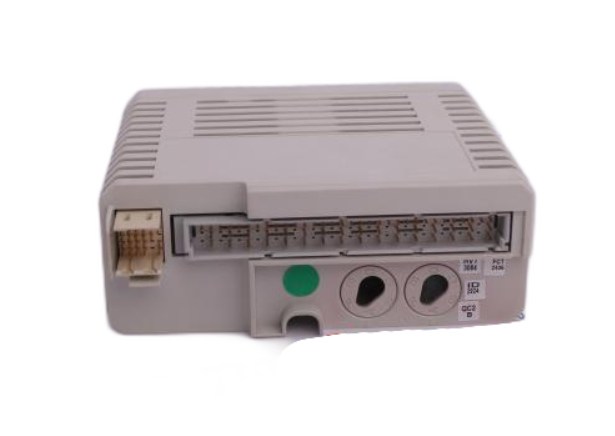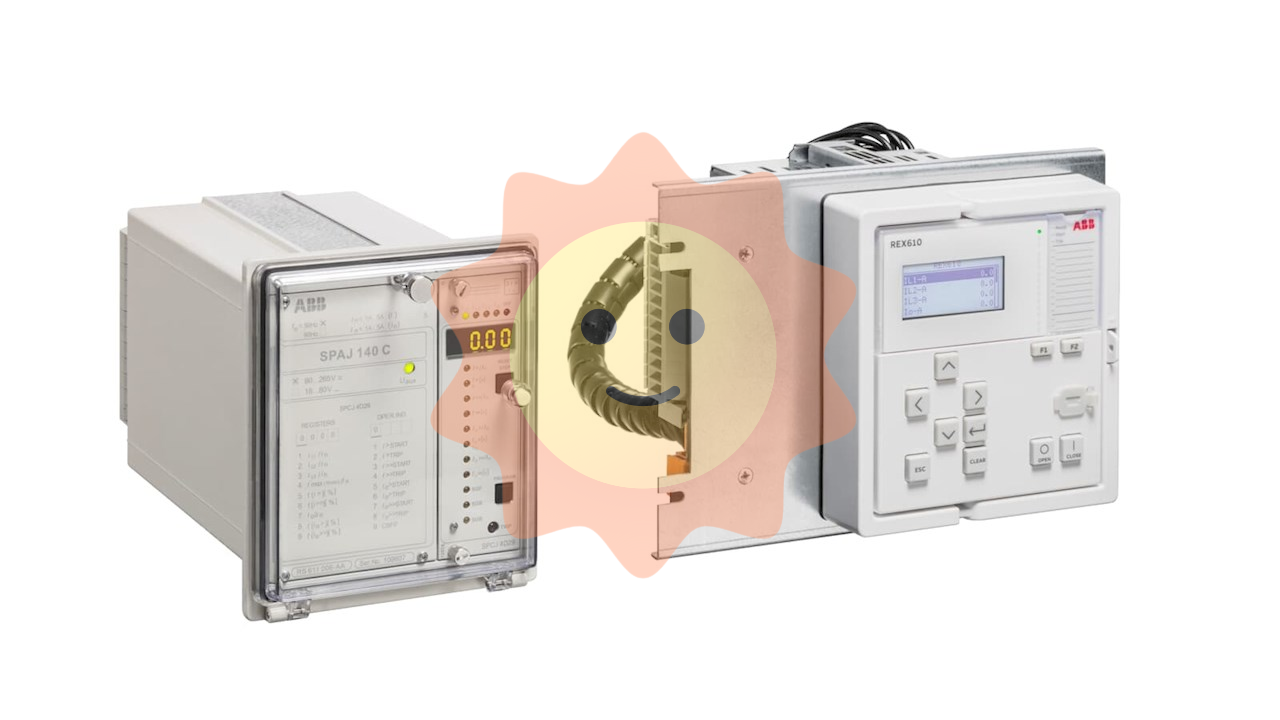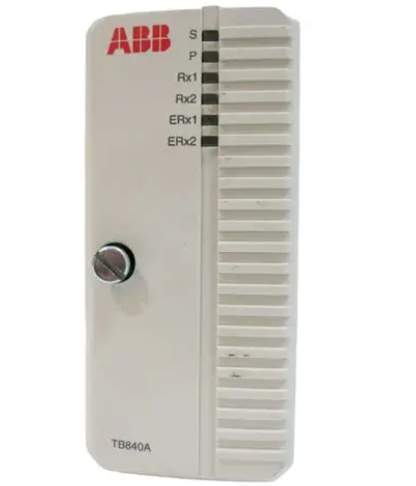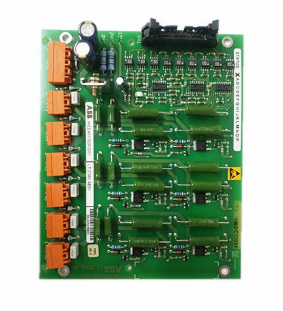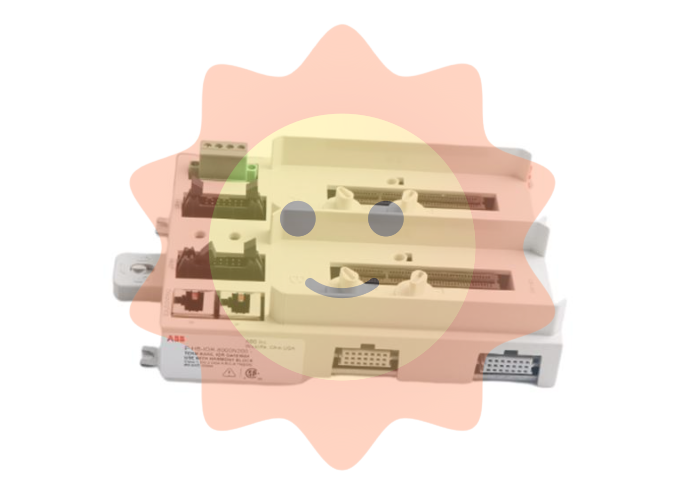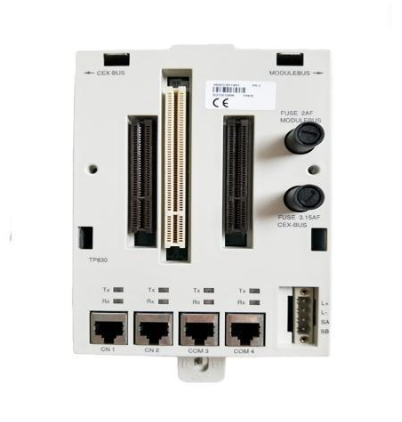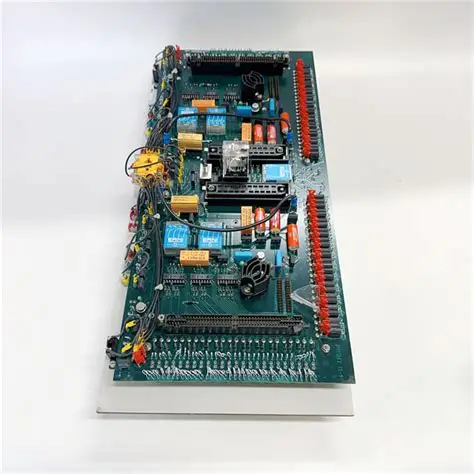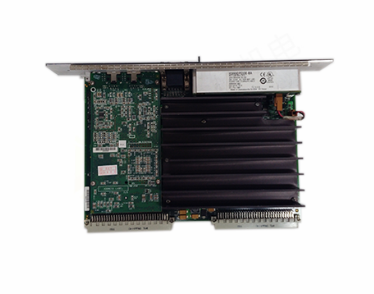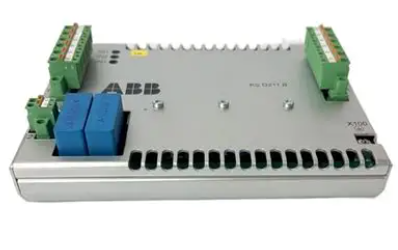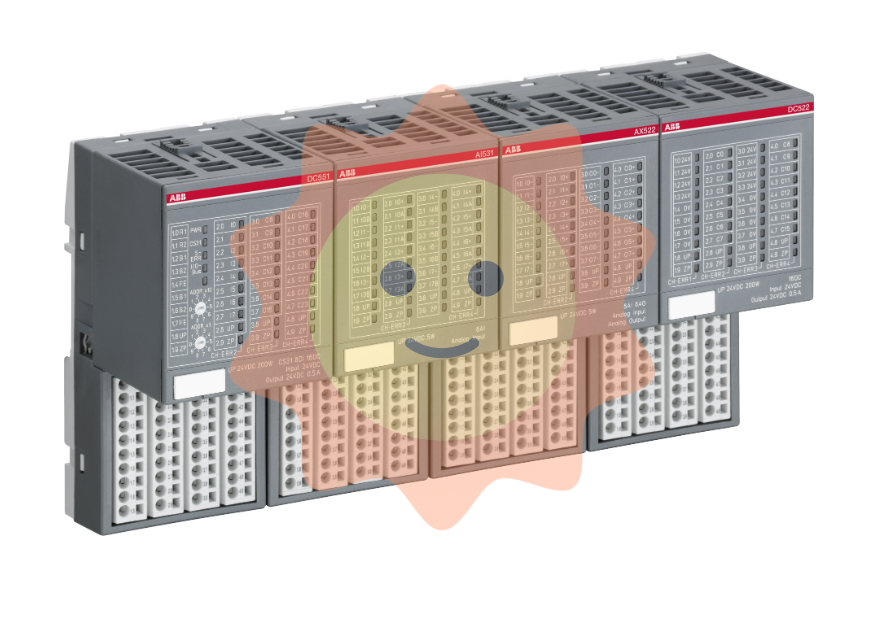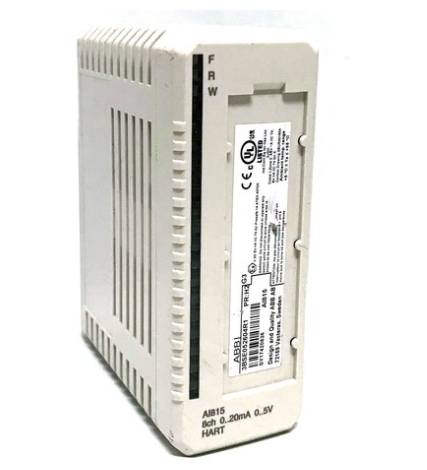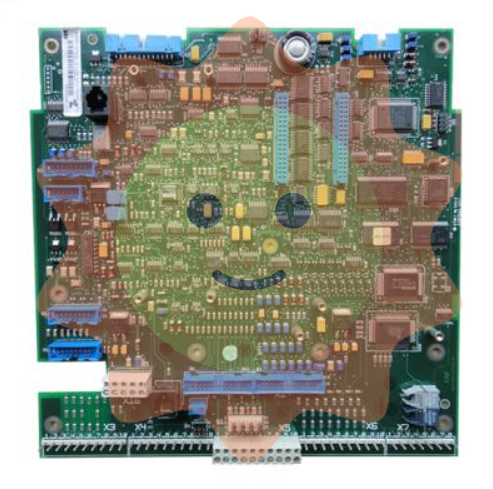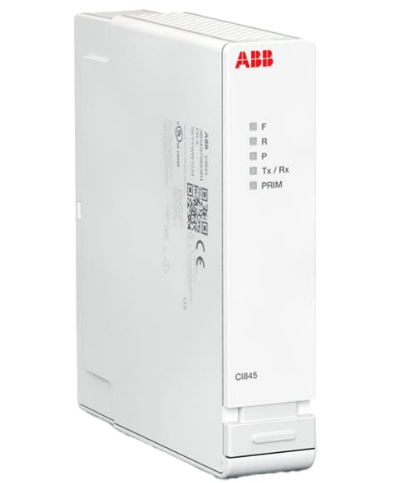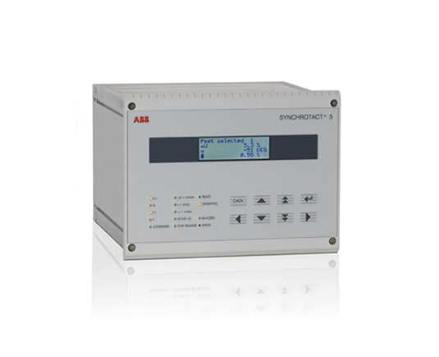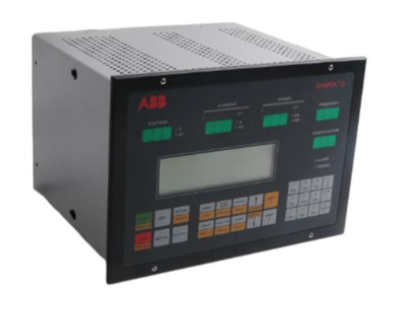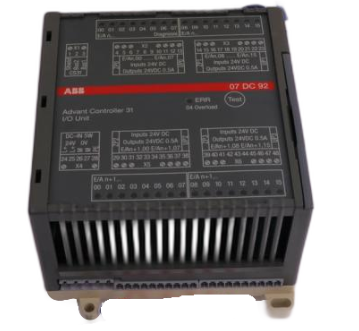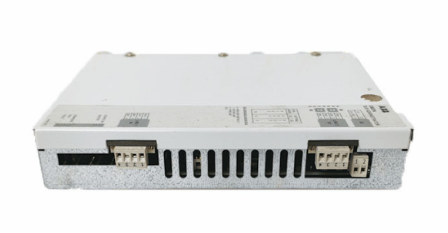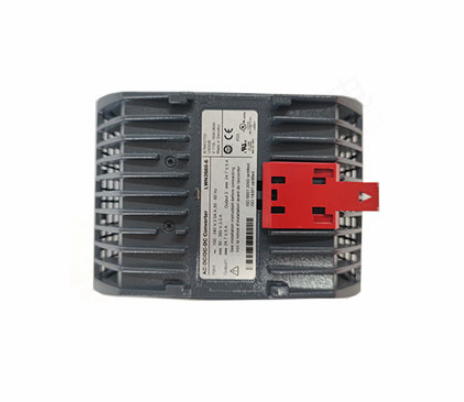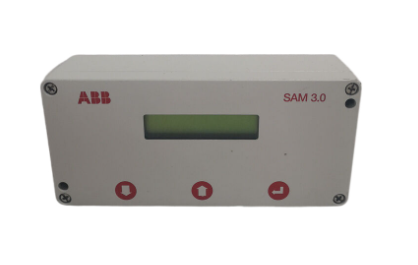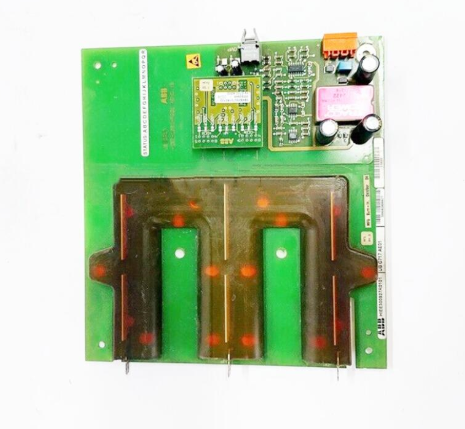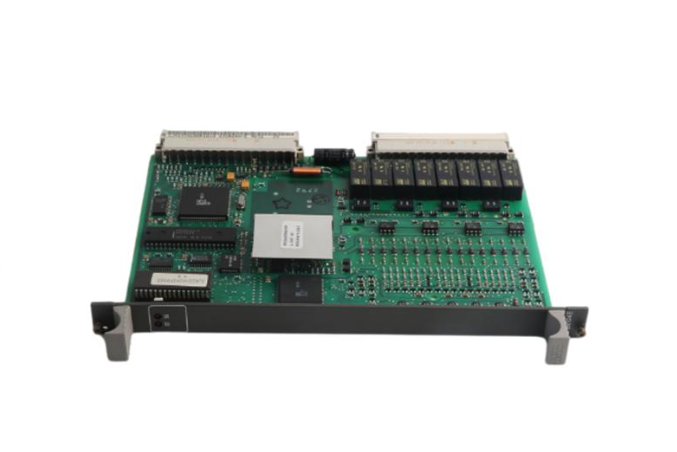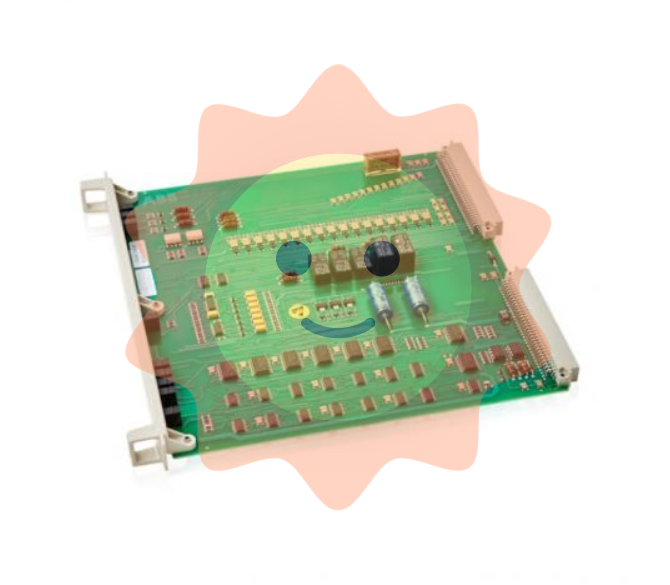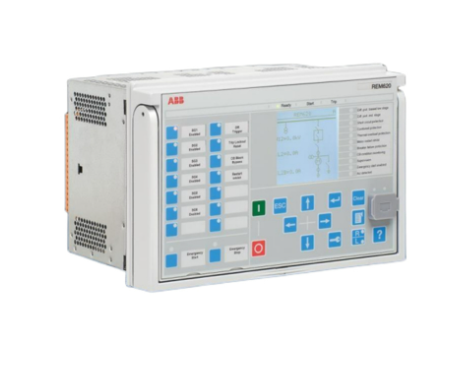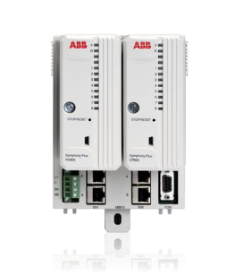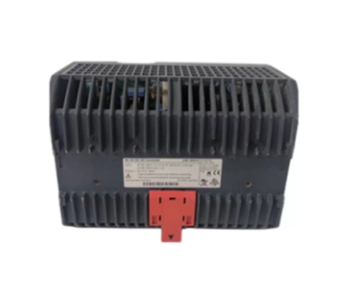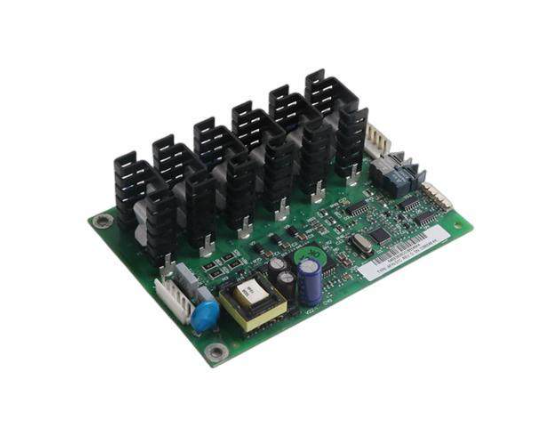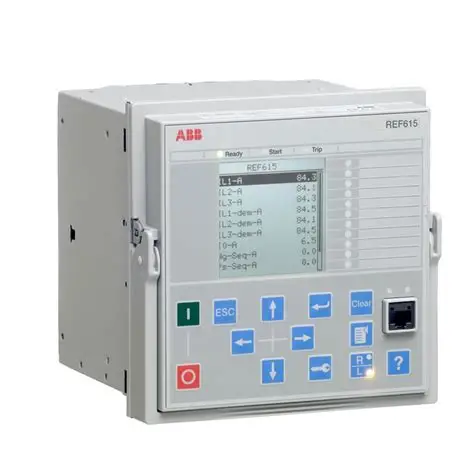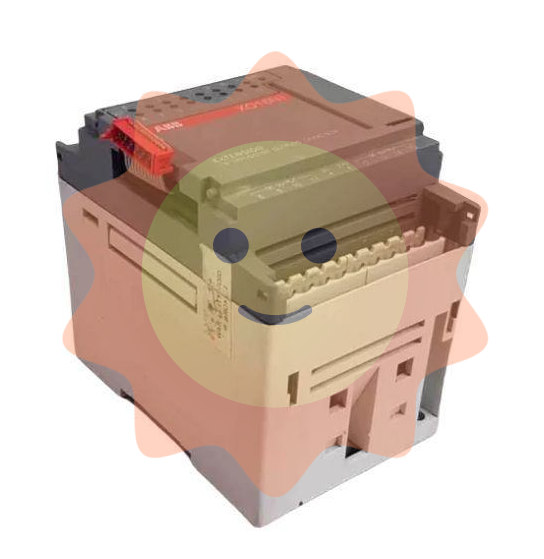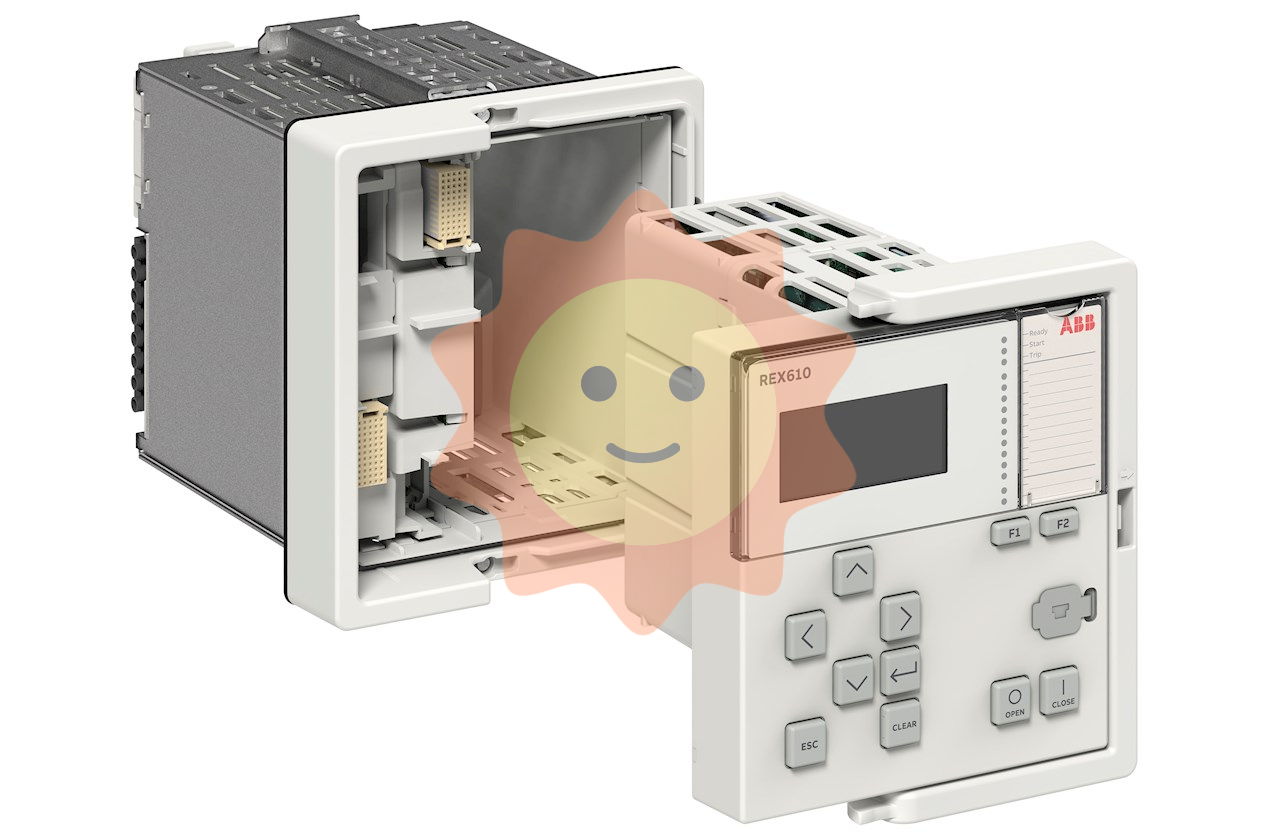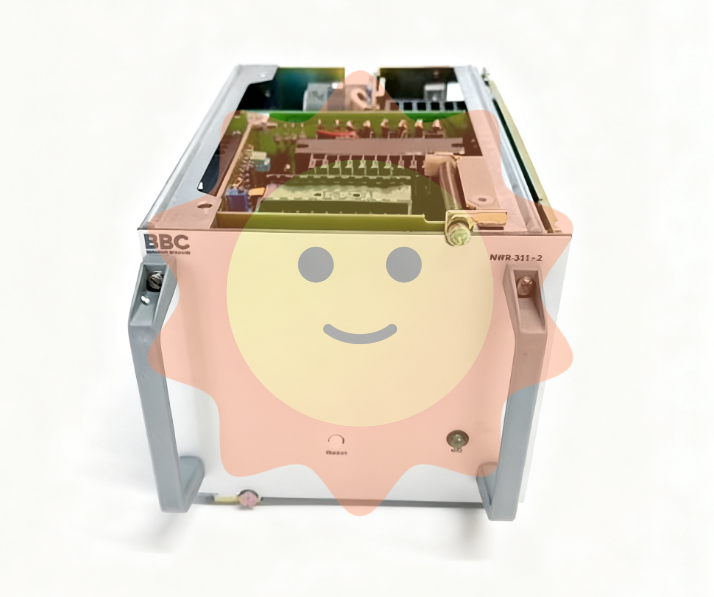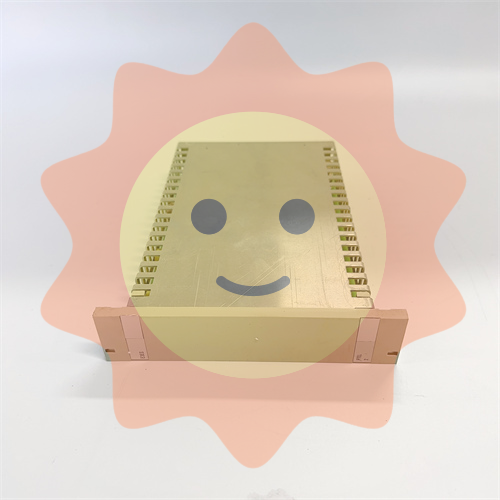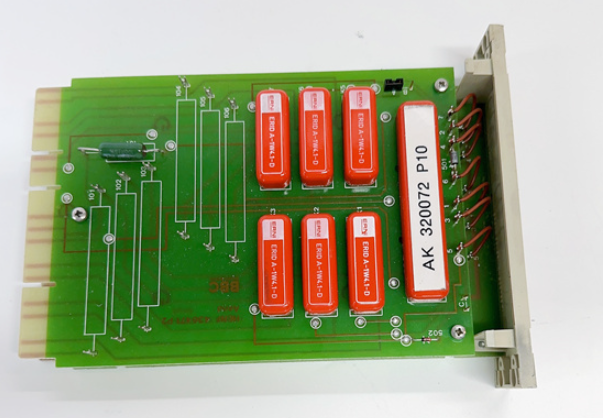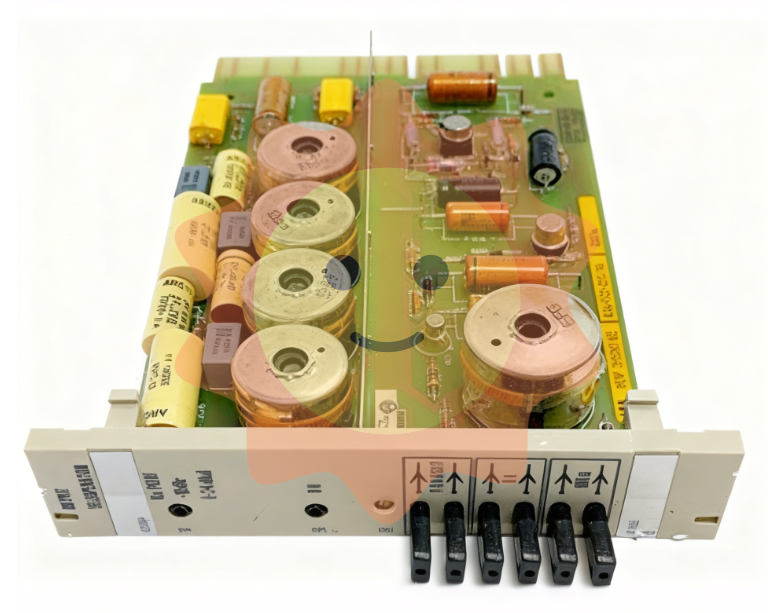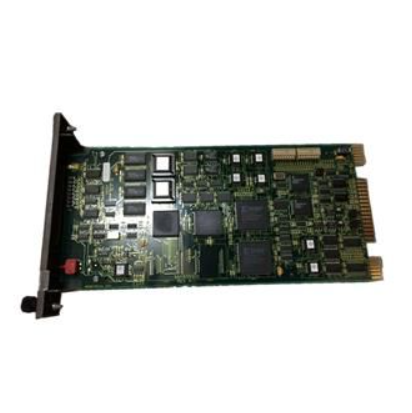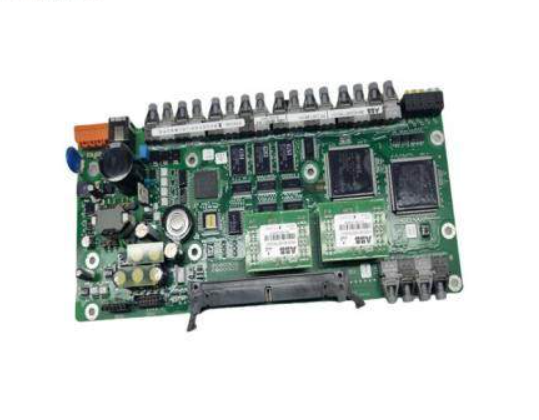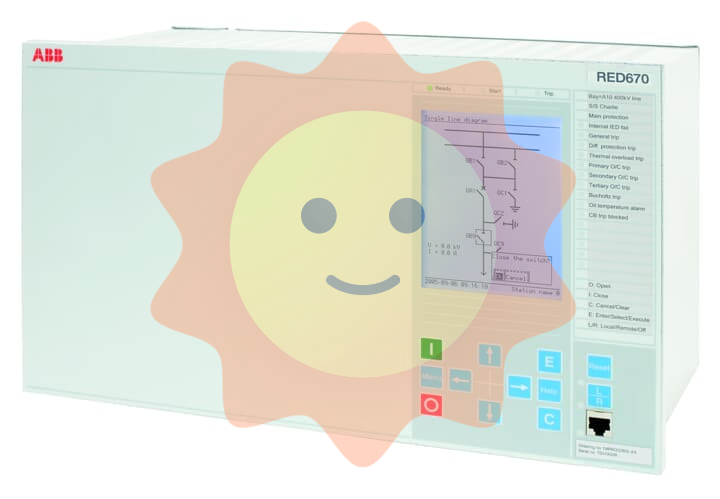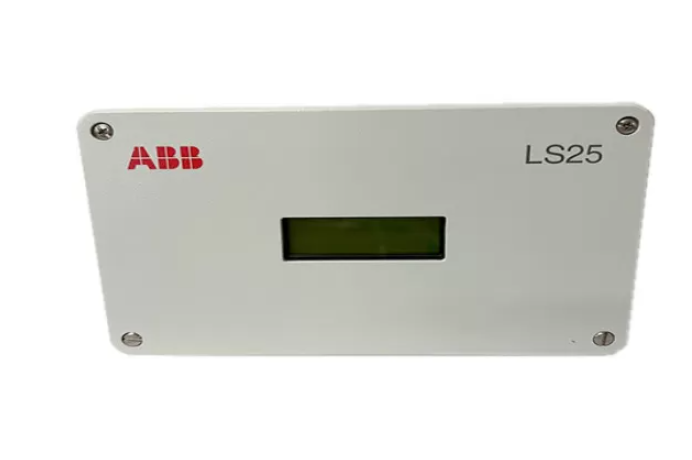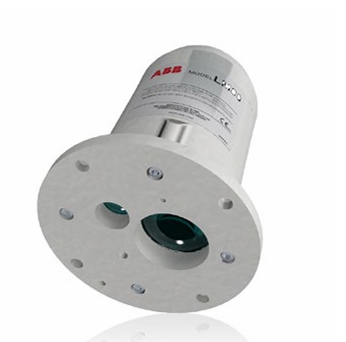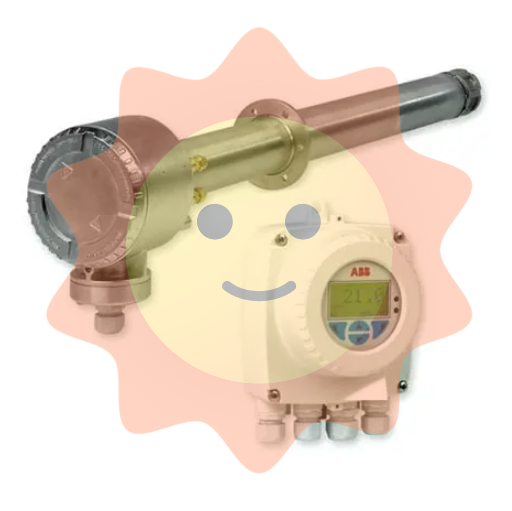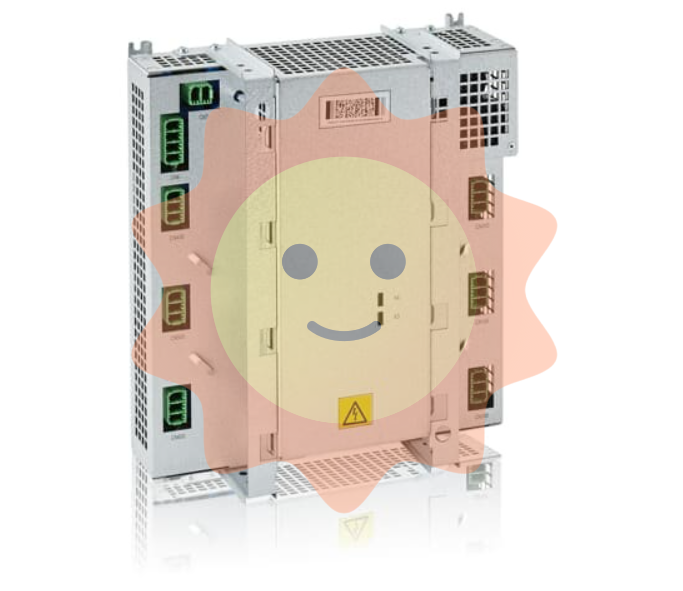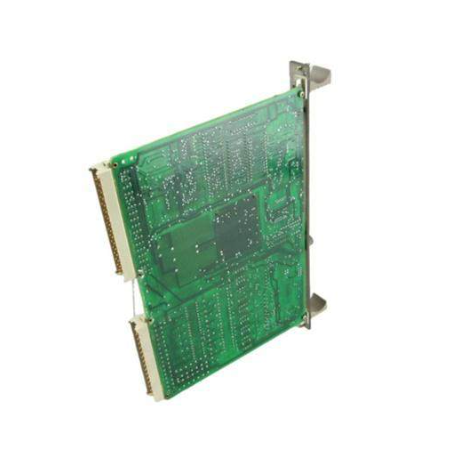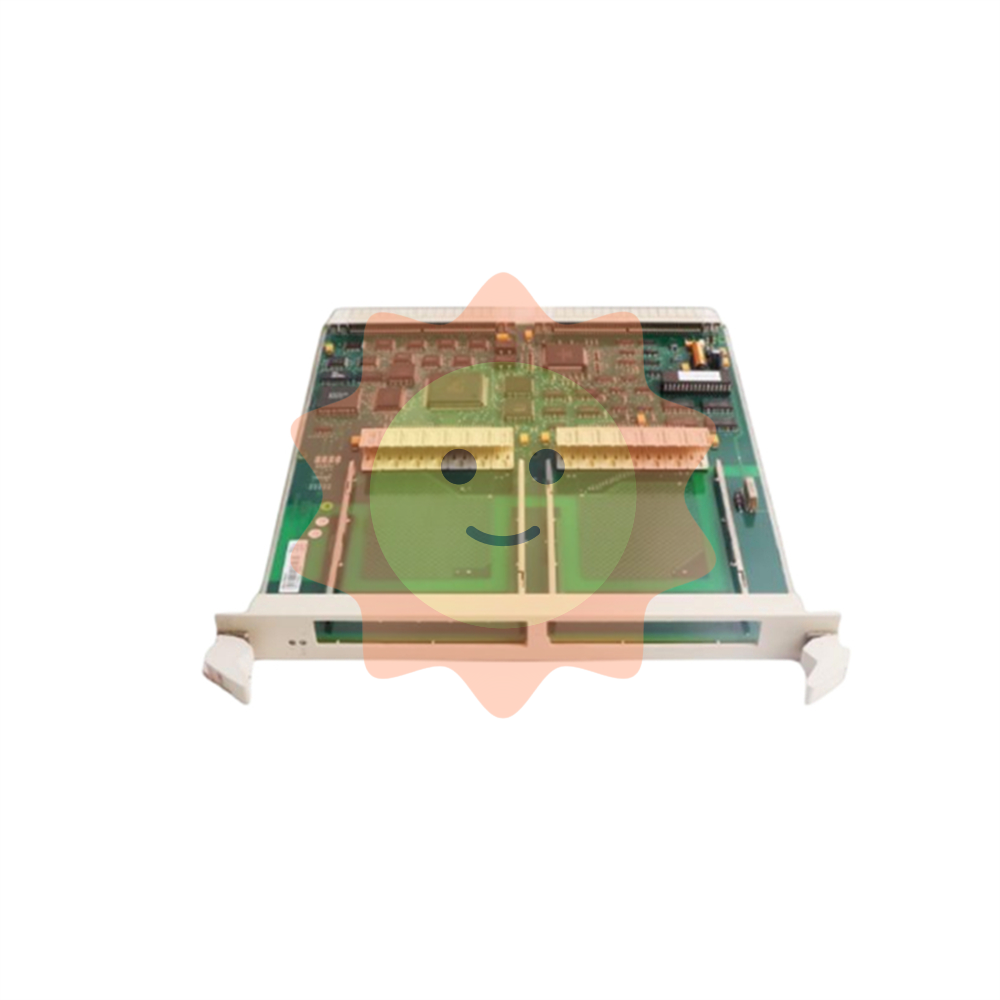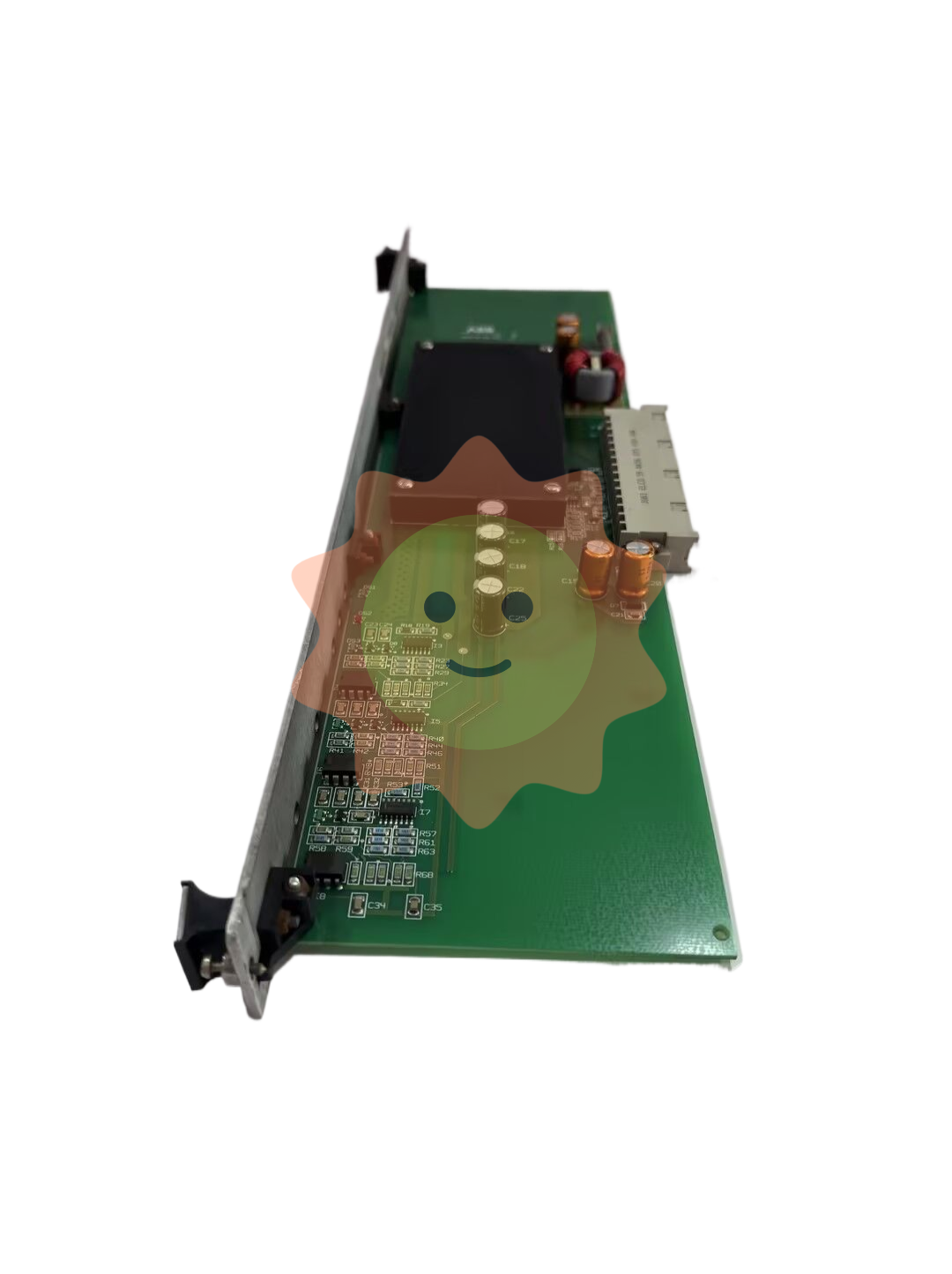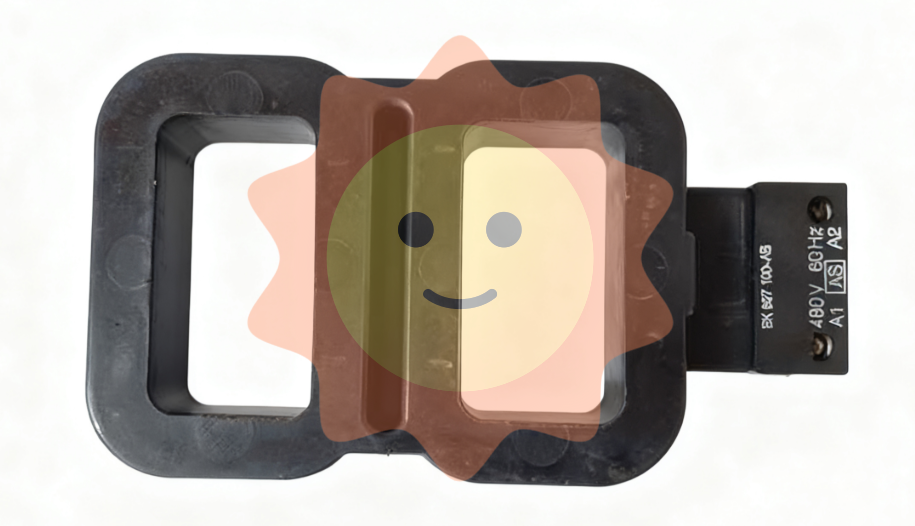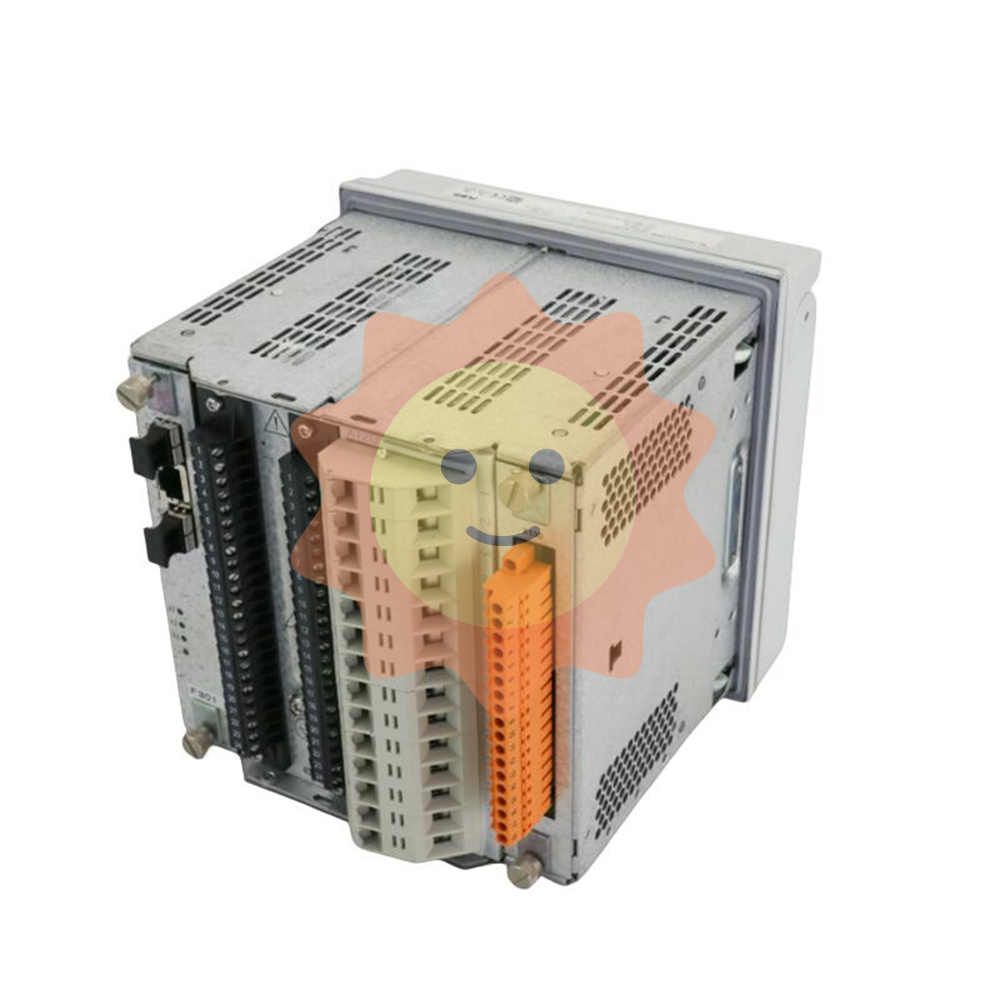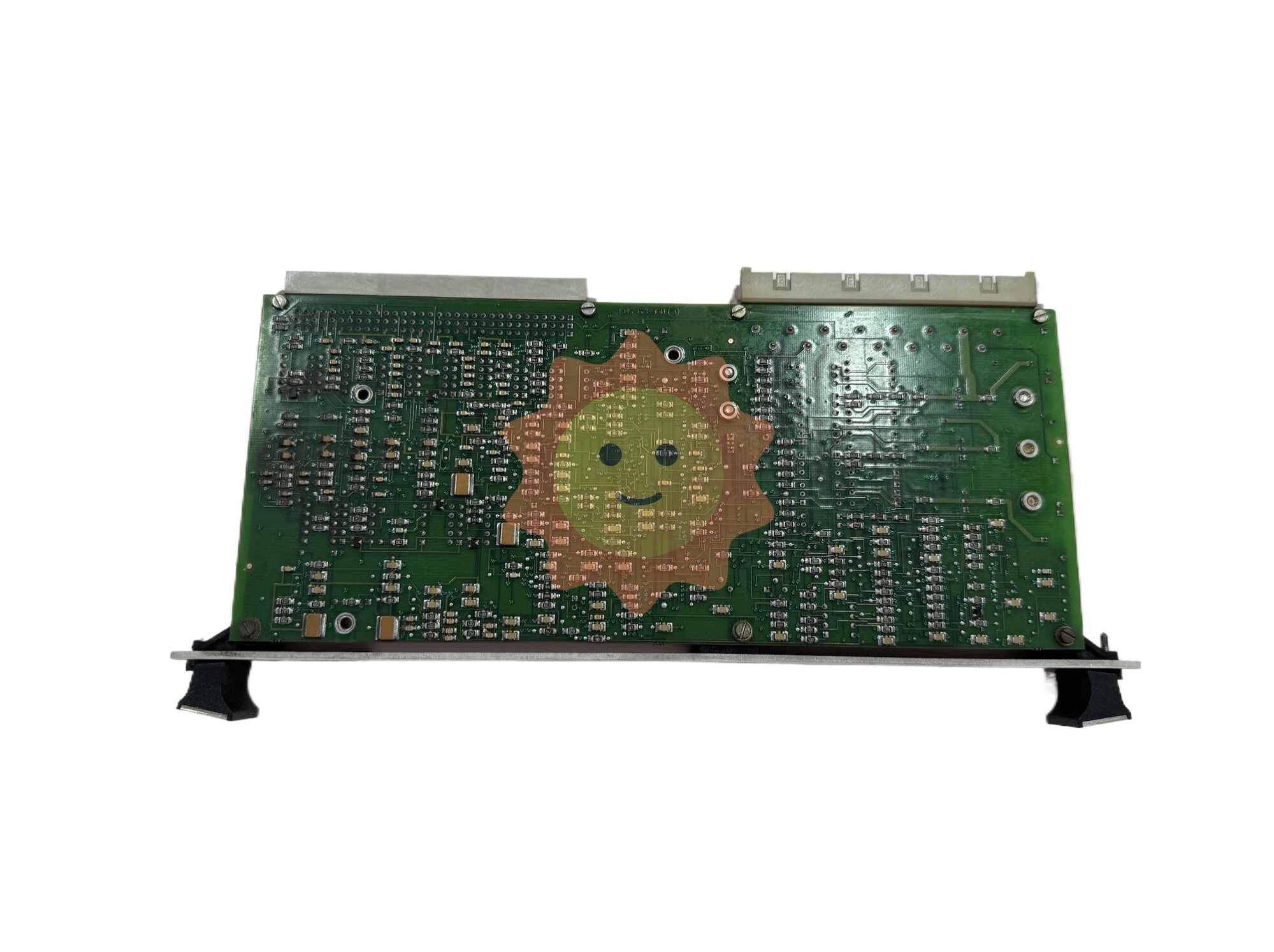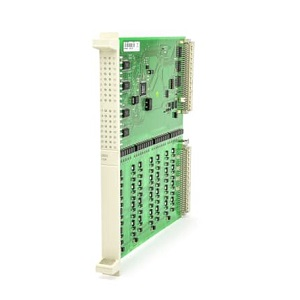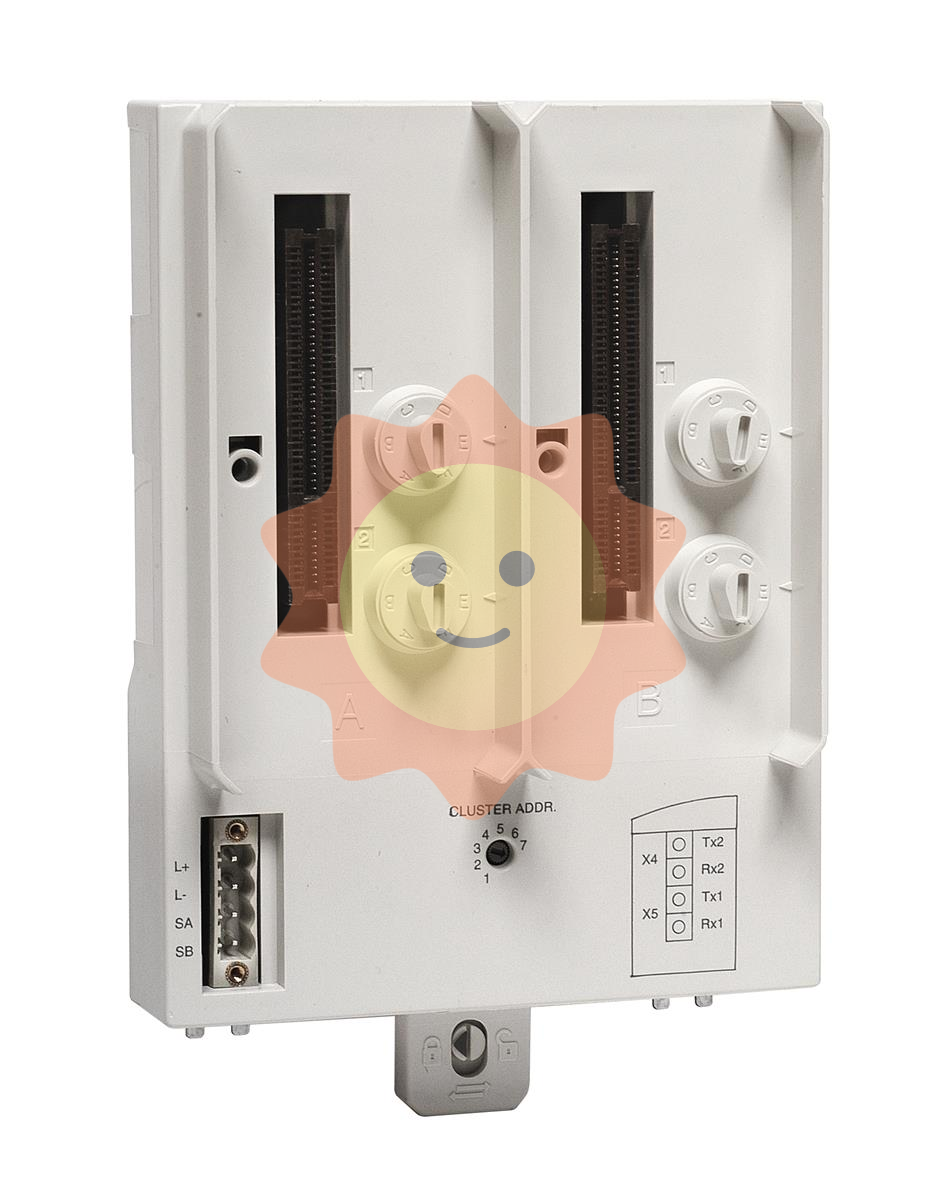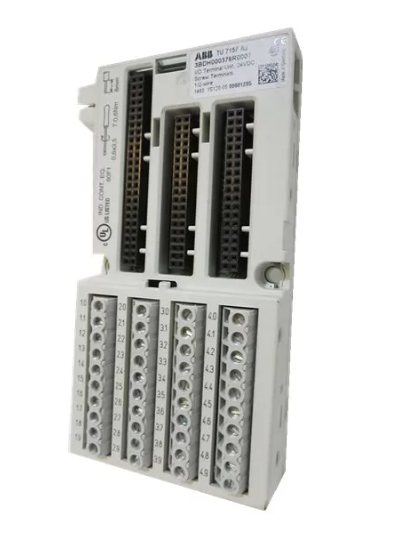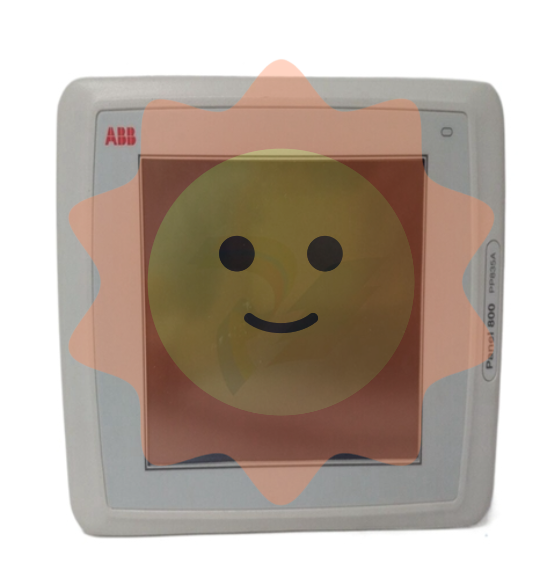Welcome to the Industrial Automation website!
Product
Article
NameDescriptionContent
GE VMIVME-3115-010 32-Channel 12-bit Analog Output Board
The VMIVME-3115 is a high throughput ,12-bit Analog Input/Output (AIO) board which provides four analog inputs, two analog outputs, and dual 8-bit bi-directional digital input/output ports for VMEbus system applications.
Dual-ported data memory, on-board timers, and a program-controlled bus interrupter enables the VMIVME-3115 board to support extensive analog input and output traffic with minimum involvement of the host processor.
Dual-ported data memory, on-board timers, and a program-controlled bus interrupter enables the VMIVME-3115 board to support extensive analog input and output traffic with minimum involvement of the host processor.
VMEbus Interrupt: The VMIVME-3115 can be programmed to generate an IRQ1 to IRQ7 when either buffer is full. The interrupt response vector is controlled by an on-board Interrupt Vector Register.
Board Identification: The Board Identification Register (BIR) contains the VMIVME-3115 identification code.
Transparent Operation: The following default conditions are established at RESET:
Independent continuous operation
Maximum block size (256 Kbytes)
15.625 kHz scan rate
Analog outputs off
Digital ports as inputs
VMEbus Compliance: Complies with the VMEbus Specification Rev. C.1
A32/A24/A16:D16/D08 (EO) DTB Slave:BLT
D16 Slave
Interrupter I(1) to I(7) ROAK (DYN)
Interrupt Vector: D08 (O) (DYN)
6U form factor
Interrupt Event: Either buffer full

ELECTRICAL SPECIFICATIONS AT 25 °C
Analog Inputs:
Number of Input Channels: Four differential channels; jumper-selectable
Converter Channels: Two Sample-and-Hold Amplifiers: Eight (two per input channel)
Resolution: 12 bits
Voltage Ranges: 0 to +5 V, ±5 V (options X-0-X and X-2-X), or 0 to +10 V, ±10 V (options X-1-X and X-3-X)
Input Sampling: Simultaneous sampling of all analog inputs
Interchannel Phase Skew: Less than 0.1°at 20 kHz
Scan Rate(1): Program controlled from 15.625 kCPS to 2 MCPS. See the Ordering Information.
Acquisition Time: Same as conversion cycle. .
Conversion Cycle (Settling Plus Conversion):1 m sec x 2,000,000/SCAN RATE. See Note 3.
Data Coding: Two’s complement, binary or offset binary
Gain Error: ±0.05 percent maximum
Input Offset: ±5 mV maximum
Input Impedance: 4 kW, differential; 8 kWwith 10 V input options
Input Protection: ±25 V; ±40 V with 10 V input options
Maximum Sampling Rate: 1.0 MCPS (2 channels) or 0.5 MCPS (4 channels), jumper-selectable
Common-Mode Rejection: 72 dB at 1 kHz; differential mode
Common-Mode Range: ±10 V (options X-0-X and X-2-X)±20 V (options X-1-X and X-3-X)
Crosstalk Rejection: 72 dB at 1 kHz
Analog Outputs:
Number of Output Channels: Two independent analog outputs
Resolution: 12 bits
Monotonicity: 12 bits, over operating temperature range
Output Modes: On-line (outputs connected to I/O connector) or off-line (outputs disconnected from I/O connector)
Voltage Ranges: 0 to +10 V, ± 5 V, ± 10 V, jumper-selectable
Output Impedance: Less than 0.5 W
Data Coding: Two’s complement, binary, or offset binary
Settling Time: 25 ms maximum, to 0.02 percent
Linearity Error: ±0.03 percent maximum
Output Offset: ±5 mV maximum
Load Current: ±10 mA maximum, over full output range of ±10 V
Load Capacitance: 5,000 pFd, no oscillation
Output Protection: Continuous short to ground; ±25 V for one second
Off-line Output Leakage: 50 nA maximum
1.MCPS = Million Channels per Second; kCPS = /Thousand Channels per Second
2. Each input is “pipelined” with two Sample-and-Hold amplifiers. Sample acquisition occurs while the previously acquired sample is digitized.
3.An effective conversion cycle of 500 ns (2 MCPS) is obtained by digitizing two channels simultaneously
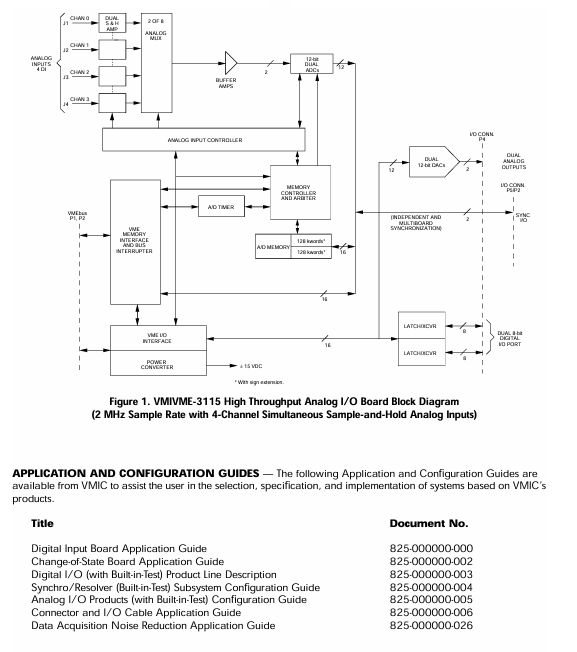
- EMERSON
- Honeywell
- CTI
- Rolls-Royce
- General Electric
- Woodward
- Yaskawa
- xYCOM
- Motorola
- Siemens
- Rockwell
- ABB
- B&R
- HIMA
- Construction site
- electricity
- Automobile market
- PLC
- DCS
- Motor drivers
- VSD
- Implications
- cement
- CO2
- CEM
- methane
- Artificial intelligence
- Titanic
- Solar energy
- Hydrogen fuel cell
- Hydrogen and fuel cells
- Hydrogen and oxygen fuel cells
- tyre
- Chemical fiber
- dynamo
- corpuscle
- Pulp and paper
- printing
- fossil
- FANUC
- Food and beverage
- Life science
- Sewage treatment
- Personal care
- electricity
- boats
- infrastructure
- Automobile industry
- metallurgy
- Nuclear power generation
- Geothermal power generation
- Water and wastewater
- Infrastructure construction
- Mine hazard
- steel
- papermaking
- Natural gas industry
- Infrastructure construction
- Power and energy
- Rubber and plastic
- Renewable energy
- pharmacy
- mining
- Plastic industry
- Schneider
- Kongsberg
- NI
- Wind energy
- International petroleum
- International new energy network
- gas
- WATLOW
- ProSoft
- SEW
- wind
- ADVANCED
- Reliance
- YOKOGAWA
- TRICONEX
- FOXBORO
- METSO
- MAN
- Advantest
- ADVANCED
- ALSTOM
- Control Wave
- AB
- AMAT
- STUDER
- KONGSBERG
- MOTOROLA
- DANAHER MOTION
- Bently
- Galil
- EATON
- MOLEX
- Triconex
- DEIF
- B&W
- ZYGO
- Aerotech
- DANFOSS
- KOLLMORGEN
- Beijer
- Endress+Hauser
- MOOG
- KB
- Moxa
- Rexroth
66
+86-153-0592-5923
WeChat
Contact

wechat

After years of experience, it has developed into a group enterprise entity integrating equipment, industrial, chemical, petroleum equipment, electricity and other products trade and services.
KONG JIANG
Eell:+86-153-0592-5923
Email:wang@kongjiangauto.com
Address:jiangxi District, China
Product
Copyright © 2023 KongJiang Group All Rights Reserved .








